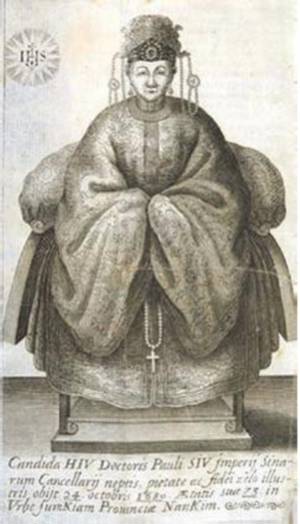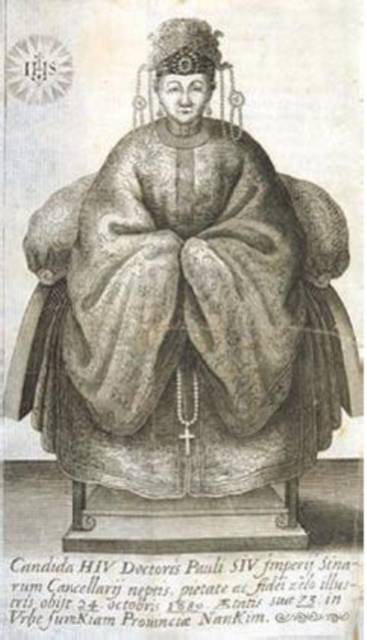
- Retrait gratuit dans votre magasin Club
- 7.000.000 titres dans notre catalogue
- Payer en toute sécurité
- Toujours un magasin près de chez vous
- Retrait gratuit dans votre magasin Club
- 7.000.0000 titres dans notre catalogue
- Payer en toute sécurité
- Toujours un magasin près de chez vous
The Interweaving of Rituals
Funerals in the Cultural Exchange between China and Europe
Nicolas StandaertDescription
The death of the Italian Jesuit Matteo Ricci in China in 1610 was the occasion for demonstrations of European rituals appropriate for a Catholic priest and also of Chinese rituals appropriate to the country hosting the Jesuit community. Rather than burying Ricci immediately in a plain coffin near the church, according to their European practice, the Jesuits followed Chinese custom and kept Ricci's body for nearly a year in an air-tight Chinese-style coffin and asked the emperor for burial ground outside the city walls. Moreover, at Ricci's funeral itself, on their own initiative the Chinese performed their funerary rituals, thus starting a long and complex cultural dialogue in which they took the lead during the next century.
The Interweaving of Rituals explores the role of ritual - specifically rites related to death and funerals - in cross-cultural exchange, demonstrating a gradual interweaving of Chinese and European ritual practices at all levels of interaction in seventeenth-century China. This includes the interplay of traditional and new rituals by a Christian community of commoners, the grafting of Christian funerals onto established Chinese practices, and the sponsorship of funeral processions for Jesuit officials by the emperor. Through careful observation of the details of funerary practice, Nicolas Standaert illustrates the mechanics of two-way cultural interaction. His thoughtful analysis of the ritual exchange between two very different cultural traditions is especially relevant in today's world of global ethnic and religious tension. His insights will be of interest to a broad range of scholars, from historians to anthropologists to theologians.
Spécifications
Parties prenantes
- Auteur(s) :
- Editeur:
Contenu
- Nombre de pages :
- 336
- Langue:
- Anglais
- Collection :
Caractéristiques
- EAN:
- 9780295988238
- Date de parution :
- 25-03-08
- Format:
- Livre broché
- Format numérique:
- Trade paperback (VS)
- Dimensions :
- 151 mm x 226 mm
- Poids :
- 439 g

Les avis
Nous publions uniquement les avis qui respectent les conditions requises. Consultez nos conditions pour les avis.






